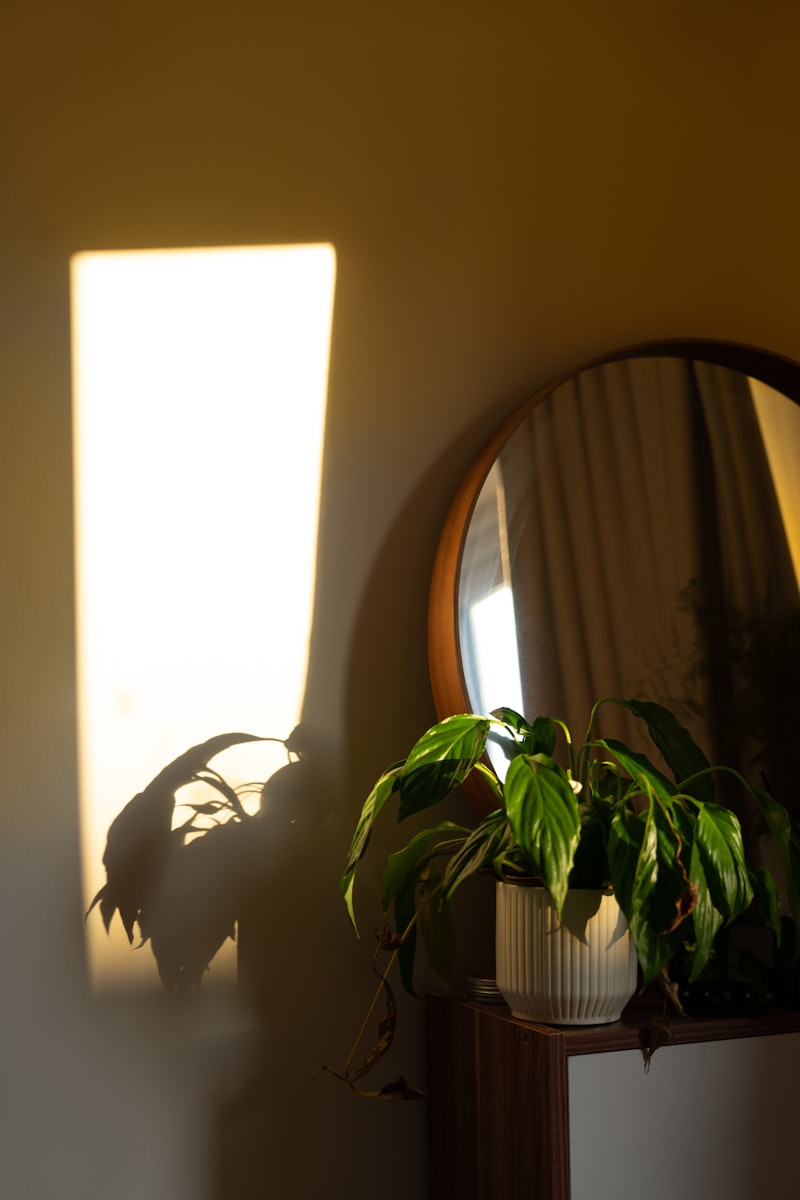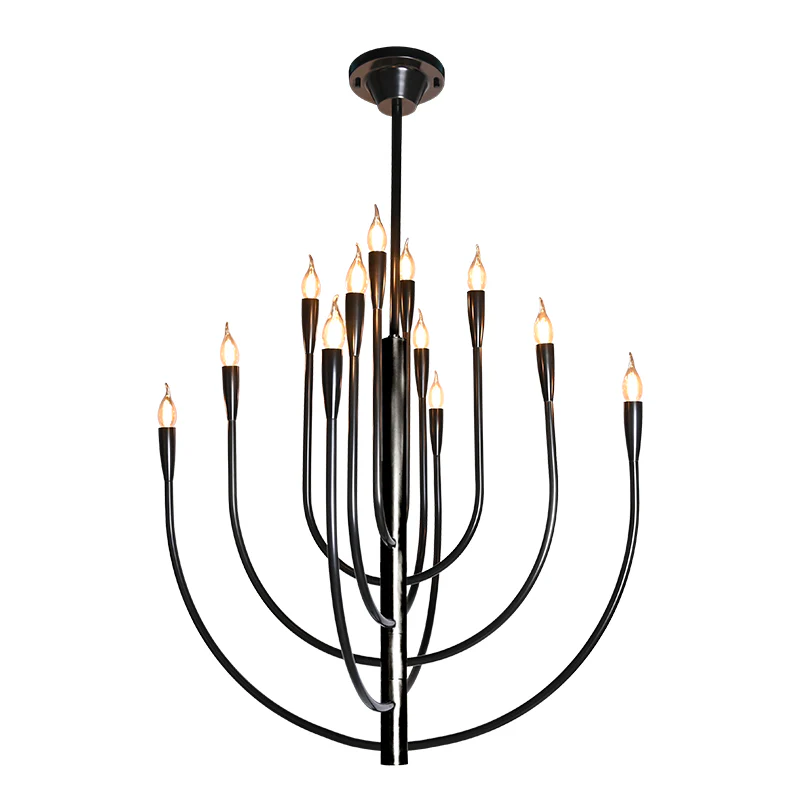Ultimate Guide to Designing Energy-Efficient Lighting Layouts
Ultimate Guide to Designing Energy-Efficient Lighting Layouts
Introduction to Energy-Efficient Lighting Layouts
In today's world, energy efficiency is not just a buzzword; it's a necessity. With increasing energy costs and growing concern over environmental impacts, the need for designing energy-efficient lighting layouts has become more significant than ever. This article will explore various strategies to create lighting designs that save energy, reduce costs, and enhance Aesthetics.
Understanding the Importance of Energy Efficiency
Designing energy-efficient lighting layouts not only contributes to a lower carbon footprint, but it also leads to significant financial savings. As energy bills rise, businesses and homeowners alike are looking for innovative ways to cut costs. According to recent studies, up to 40% of a building's energy consumption can be attributed to lighting alone. Thus, optimizing lighting design is crucial for both environmental and economic reasons.
Key Benefits of Energy-Efficient Lighting
- Reduced Energy Costs: Energy-efficient lighting can drastically reduce electricity bills.
- Increased Lifetime of Fixtures: Efficient lighting systems tend to have longer lifespans, reducing replacement costs.
- Improved Aesthetics: Well-designed lighting can enhance the mood and appearance of a space.
- Environmental Impact: Lower energy consumption contributes to reduced greenhouse gas emissions.
Principles of Designing Energy-Efficient Lighting Layouts
The design of an energy-efficient lighting layout involves several fundamental principles that should guide the planning and execution process.
1. Assess Natural Light Availability
Utilizing natural light can significantly reduce the need for artificial lighting. Analyze each room's window placements and the time of day when natural light can effectively illuminate the space. Use  as a keyword for ideas related to window placements and light-enhancing materials.
as a keyword for ideas related to window placements and light-enhancing materials.
2. Select Appropriate Fixtures
Choosing the right type of lighting fixtures is crucial for energy efficiency. Light Emitting Diodes (LEDs) and Compact Fluorescent Lamps (CFLs) consume significantly less energy compared to traditional incandescent bulbs. Additionally, these options have a longer lifespan, making them more cost-effective in the long run.
| Lighting Type | Energy Consumption (Watt) | Lifespan (Hours) | Average Cost |
| Incandescent | 60W | 1,000 | $1 |
| CFL | 15W | 10,000 | $3 |
| LED | 10W | 25,000 | $10 |
3. Use Dimmer Switches and Sensors
Incorporating dimmer switches and motion sensors into your lighting design can lead to additional savings by reducing unnecessary usage. Dimmers allow you to adjust the light levels according to the time of day, while motion sensors ensure that lights are only on when a space is occupied. Consider looking up
4. Plan Lighting Layout Strategically
The arrangement of lighting fixtures is just as important as the fixtures themselves. A well-planned layout considers the function of each room and delivers appropriate lighting where needed. For instance, task lighting is essential in workspaces, while ambient lighting creates a cozy atmosphere in living areas.
Common Questions about Energy-Efficient Lighting Layouts
What Are the Typical Mistakes to Avoid?
When designing energy-efficient lighting layouts, avoid the following common mistakes:
- Over-lighting spaces—this leads to wasted energy.
- Inconsistent lighting levels, which can cause discomfort and strain.
- Ignoring the needs of occupants—different activities require different lighting.
How Do I Assess My Current Lighting for Efficiency?
To evaluate your existing lighting setup, conduct an energy audit. This process allows you to analyze energy consumption patterns and identify areas for improvement. Look for outdated fixtures, track energy usage, and consider consulting a lighting professional to gain in-depth insights.
Are There Local Incentives for Switching to Energy-Efficient Lighting?
Many regions offer rebates or incentives to encourage the adoption of energy-efficient lighting products. For instance, in the United States, the ENERGY STAR program provides valuable resources to assist you in making the switch while potentially saving you money. Research local programs in your area for the best options available.
Conclusion
Designing energy-efficient lighting layouts plays an integral role in reducing energy consumption, cutting costs, and contributing to a more sustainable future. By assessing natural light, selecting the right fixtures, using smart controls, and planning appropriately, you can create a lighting design that benefits both your space and the environment.
As you embark on your journey to optimize your lighting, keep in mind that every small change counts. Take steps toward energy efficiency today and contribute to a greener future. To explore further, consider diving deeper into
